As someone who relishes the idea of a more nomadic lifestyle, I totally get Leonie Müller’s taking up residence on trains. Right, she lives on the rails rather than pays rent. She writes about her experiences, […]


As someone who relishes the idea of a more nomadic lifestyle, I totally get Leonie Müller’s taking up residence on trains. Right, she lives on the rails rather than pays rent. She writes about her experiences, […]
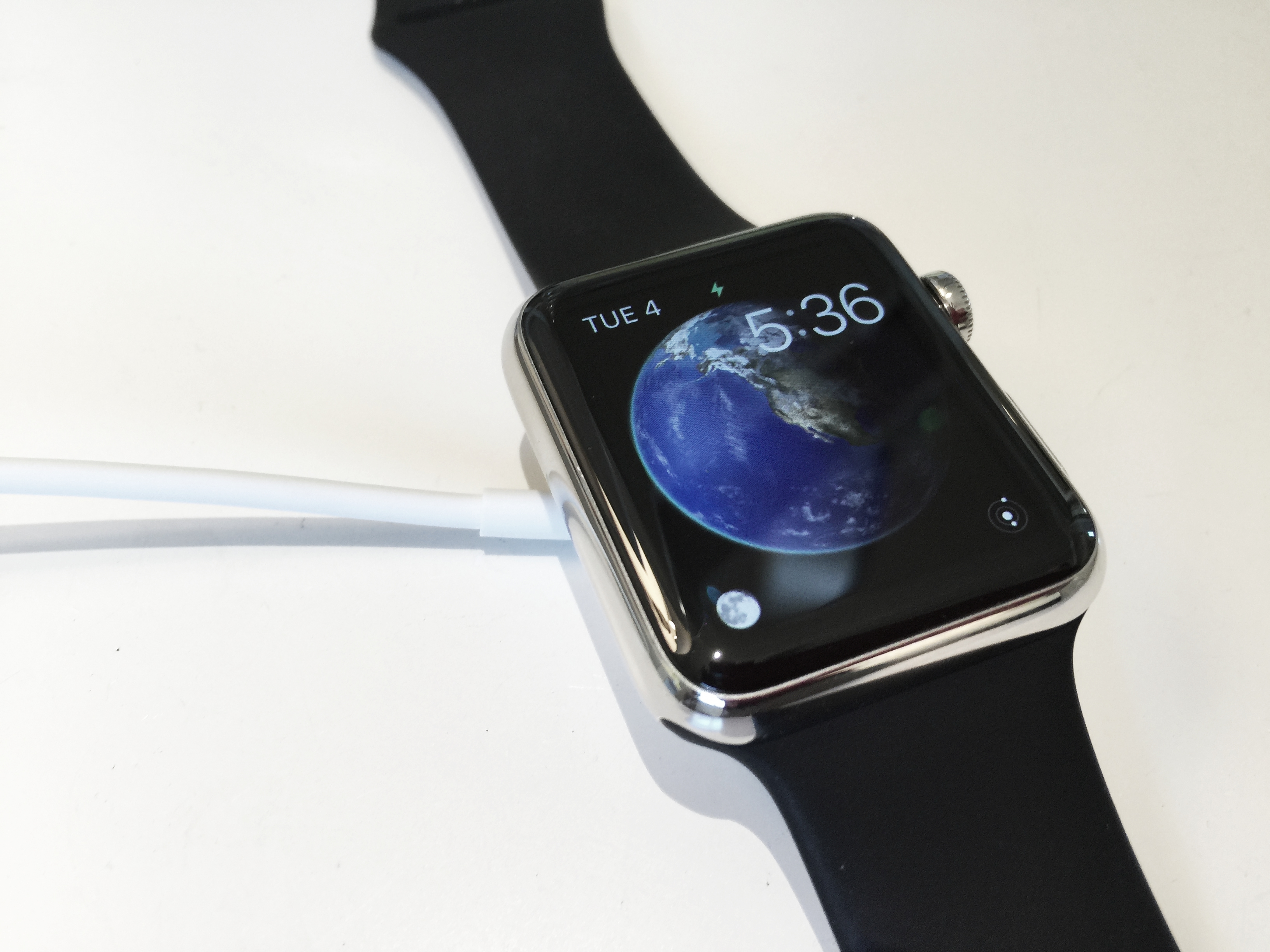
About two weeks ago, I shared how Apple Watch tickles my fancy. From likes, we go to dislikes, and keeping with the other I purposely limit the number to five. Quick recap: I bought the aluminum model on June 18, 2015 from the local Apple Store. Seven days later, I exchanged for the stainless steel variant. Except to charge or to shower, I’ve worn it constantly since.
Broadly, my feelings about the smartwatch are mixed. The delivered benefits are excellent, but they aren’t enough to justify the lofty price. If not for using MacBook Pro and iPhone 6 Plus this summer, Android Wear and iOS incompatibilities, or the promise of watchOS 2 coming early autumn, I would not have purchased the device. I’m not dissatisfied with Apple Watch, but want more from it. As I explained on July 18, the measure of success or failure isn’t sales but returns. I kept mine. How many early buyers didn’t?
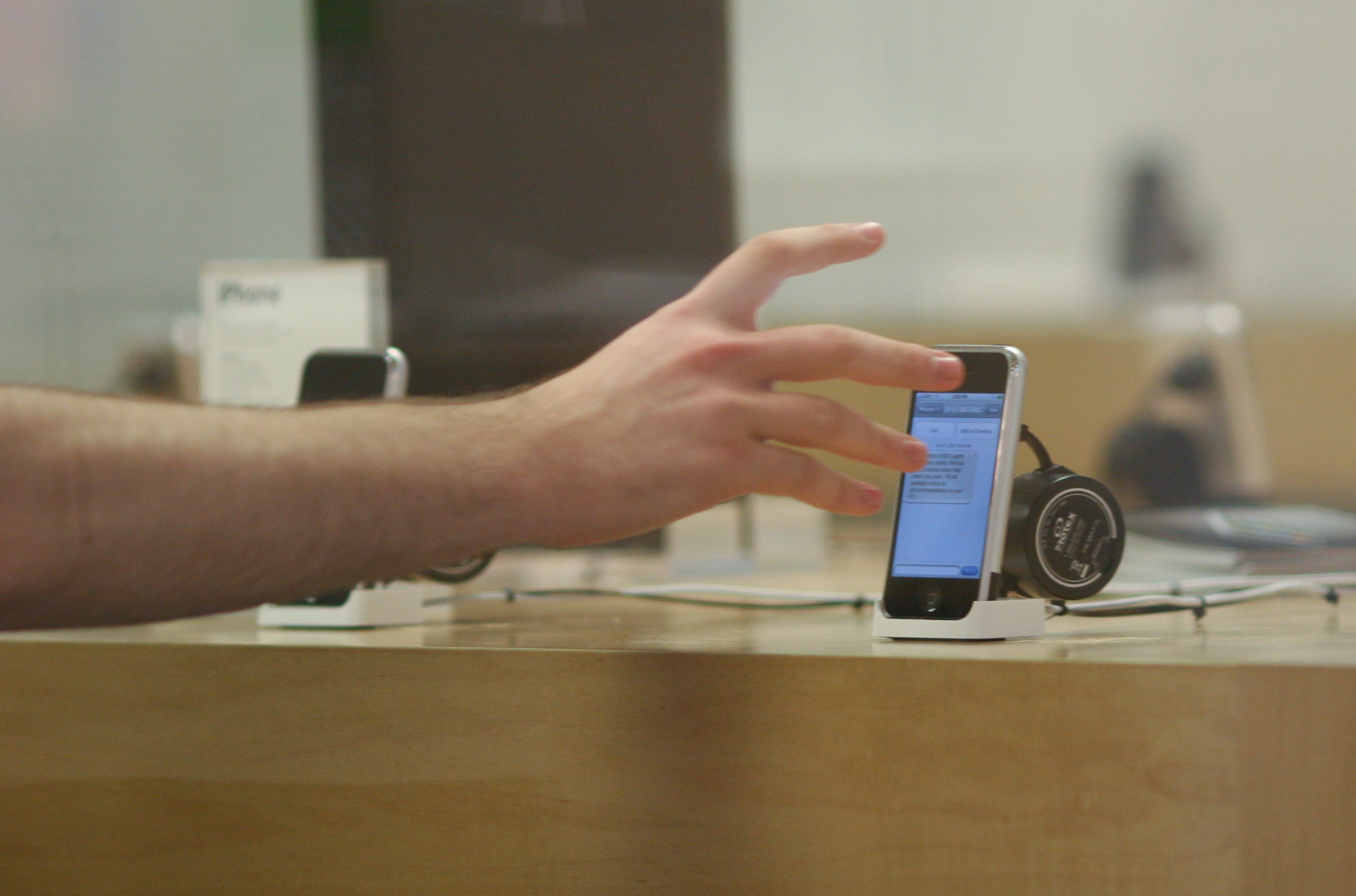
Happy Birthday! iPhone is 8 years-old today. Oh my, it seems so much longer because so much has changed. Think back. Eight years ago, there was no Android. YouTube was but 18 months available to the public, and Facebook or Twitter only about a year. There was no market for tablets, or smartwatches.
The iPhone marks everything right about the Steve Jobs era of risk-taking design. More changes: He is gone from this world and some of that other-worldly innovation with him. In 2007, the smartphone was a decade-old slow seller that few people owned. Now it’s everywhere! Apple deserves credit for the transformation, whether or not anyone wants to give it.
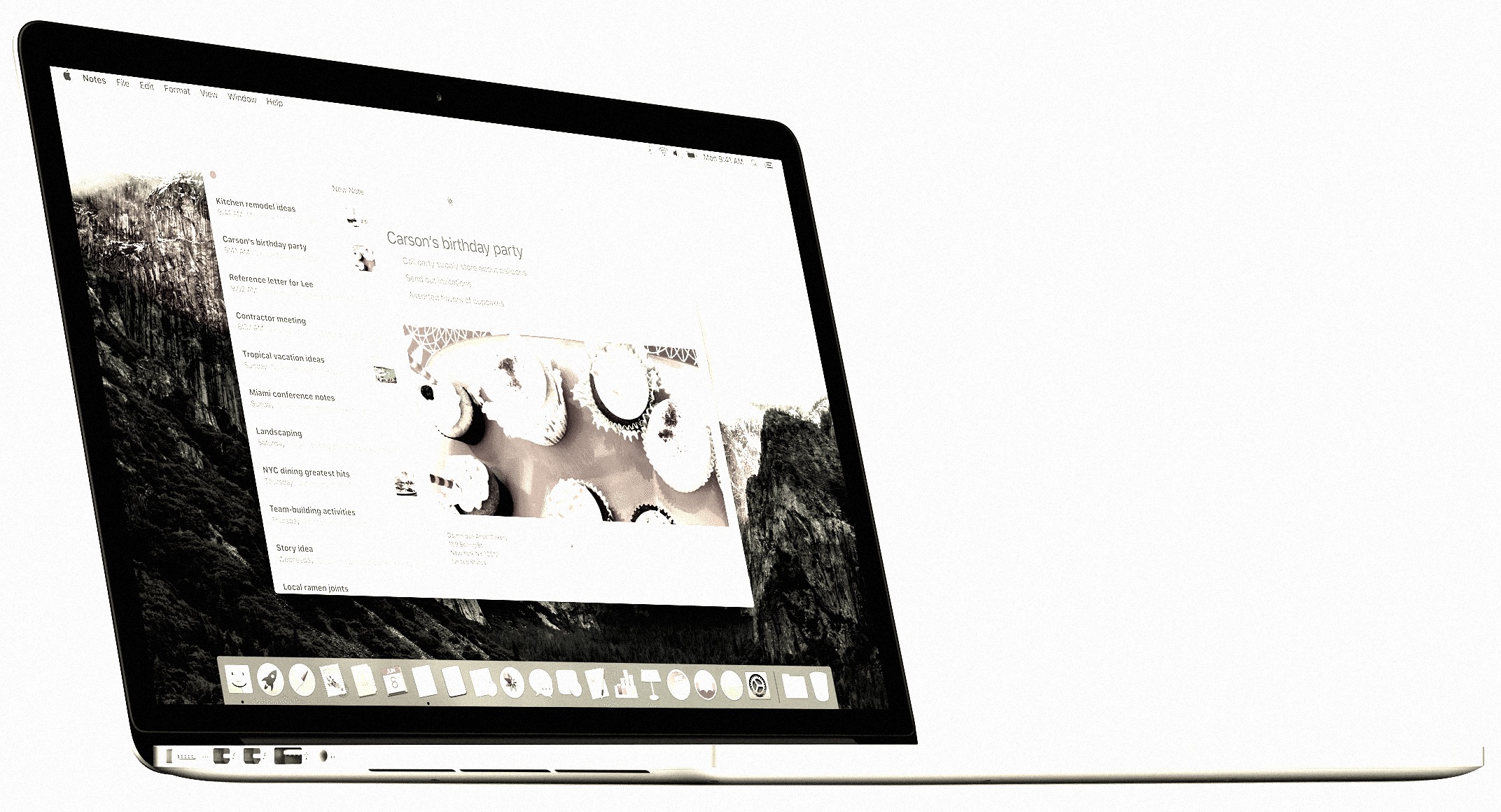
Due to a rather startling accident, my wife’s laptop is no longer among the electrically living. She will use my beloved Chromebook Pixel LS for a few months, while I step back into the Apple lifestyle to test El Capitan and iOS 9. Eight days after Apple released developer previews, I finally am getting around to installing them, on 13-inch MacBook Pro and iPad Air 2. Whoa, I dunno about the new font!
The Mac is a new purchase. Our cameras and computers are all insured, and late last week I filed the second claim in more than a dozen years (the first replaced a hard drive, for $250, after my daughter dropped her aluminum MacBook during finals week two years ago). I grudgingly picked the 2.7GHz Core i5 MacBook Pro with Retina Display, 8GB RAM, and 256GB SSD.
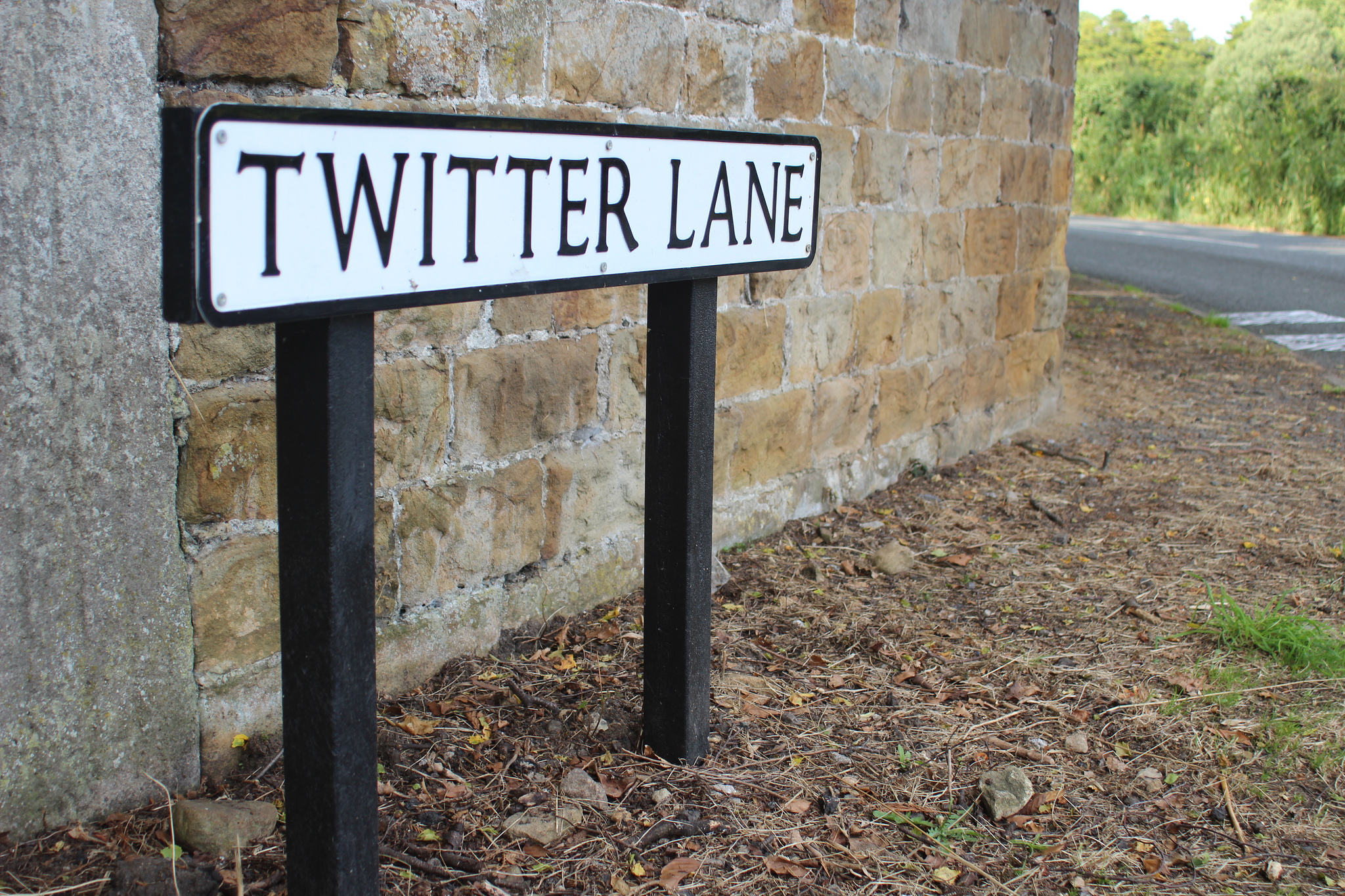
As the week closes, I reflect on Apple’s World Wide Developer Conference, which commenced on June 8, 2015. I watched the keynote on Apple TV and live-tweeted from my comfy couch. Fittingly from Chromebook Pixel LS.
I find iOS 9 interesting enough to test. Today, I signed up for an Apple Developer account; my old one expired years ago. The process took a phone call, because Apple claimed my bank declined to pay. How strange. So I tried another card. Then a third. Hey, my accounts are good! I called the bitten-fruit for assistance, and someone senior in developer support manually processed the $99 fee, because of the glitch. How fraked is that?
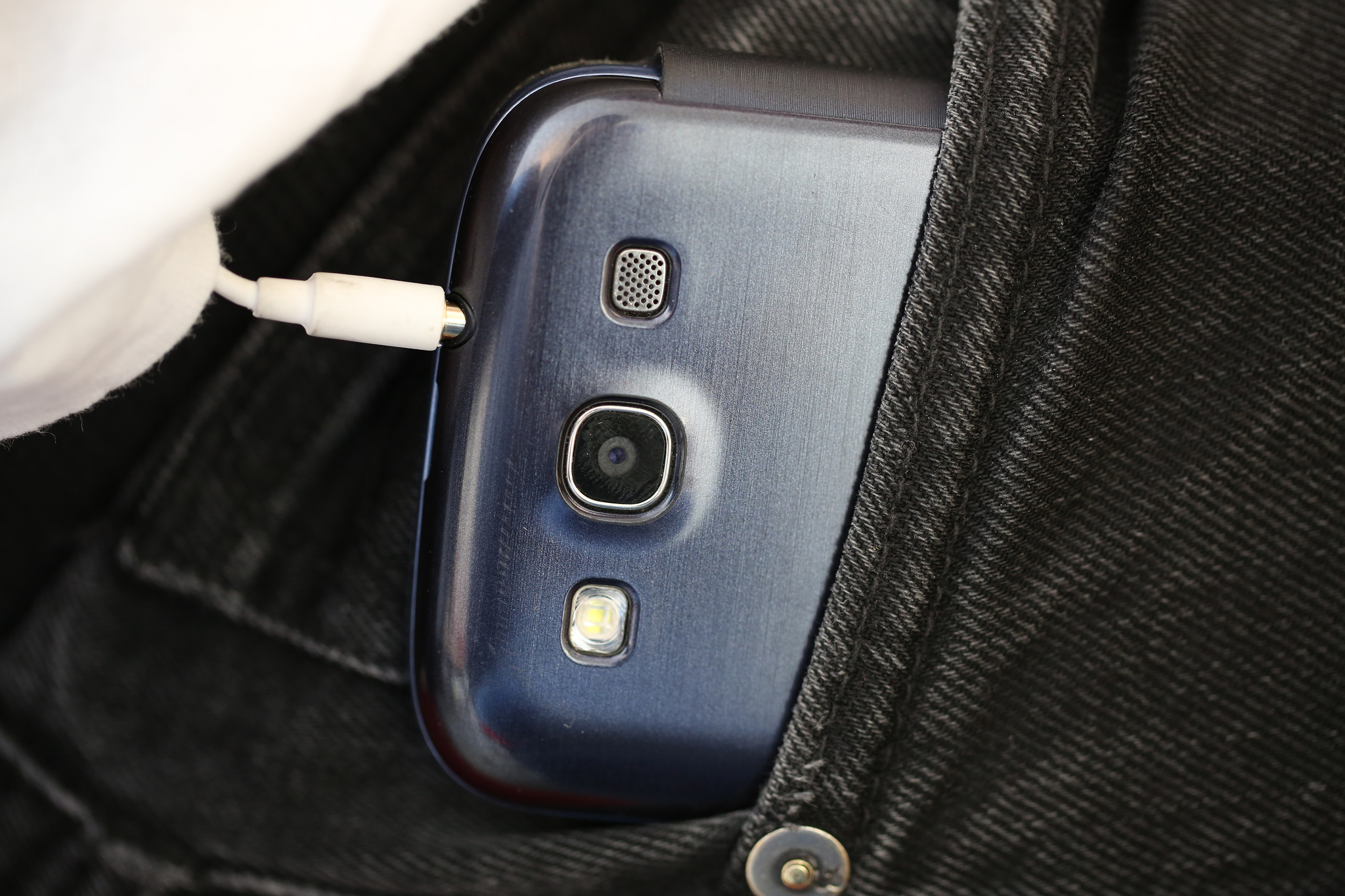
I love my Nexus 6. This morning, while waking to the rush of caffeine from steaming coffee, I read headlines on the device. “I’m Phed Up With Phablets: They’re too big to prevail” caught my attention. The short commentary, by Brian Rubin for ReadWrite, rails against the bigger-is-better-smartphone trend. Screen on my cellular is massive: 6 inches, and I forever promised myself to never use a phone so large—until I did and converted. Much as I enjoy using the N6, for which I can still manage many operations one-handed, smaller would be my preference. Perhaps yours, too.
Big isn’t necessarily better and reverses a longstanding trend in the other direction. Does no one recall when using a smaller phone was chic? Consider the StarTAC, which was a huge hit for Motorola going into the late 1990s. I remember when seemingly everyone used one of the diminutive cell phones. Smaller was better—and if there was real innovation in mobile device design shrinking size would be again.
Editor’s Note: Tidal resolved the problems long ago; I continue to subscribe a year later.
On May 1st, Tidal billed my credit card for the first month of music streaming. Yesterday, my subscription to Google Music ended. I should be satisfied with the switch, given how much more I enjoy 1411kbps lossless listening over the more typical 320kbps compressed streaming music. But recent, recurring service problems put my customer continuation into question.
Quality of content, or available selection of it, isn’t the problem. I find plenty of music to enjoy, and the default playlists are smartly curated. The high-fidelity is just that. But slow starts, drop-offs, and song skips disrupt the listening experience—and for a service costing twice as much as major competitors, like Beats, Rdio, or Spotify, I expect more but get less. There is no customer support option that I can find, either.
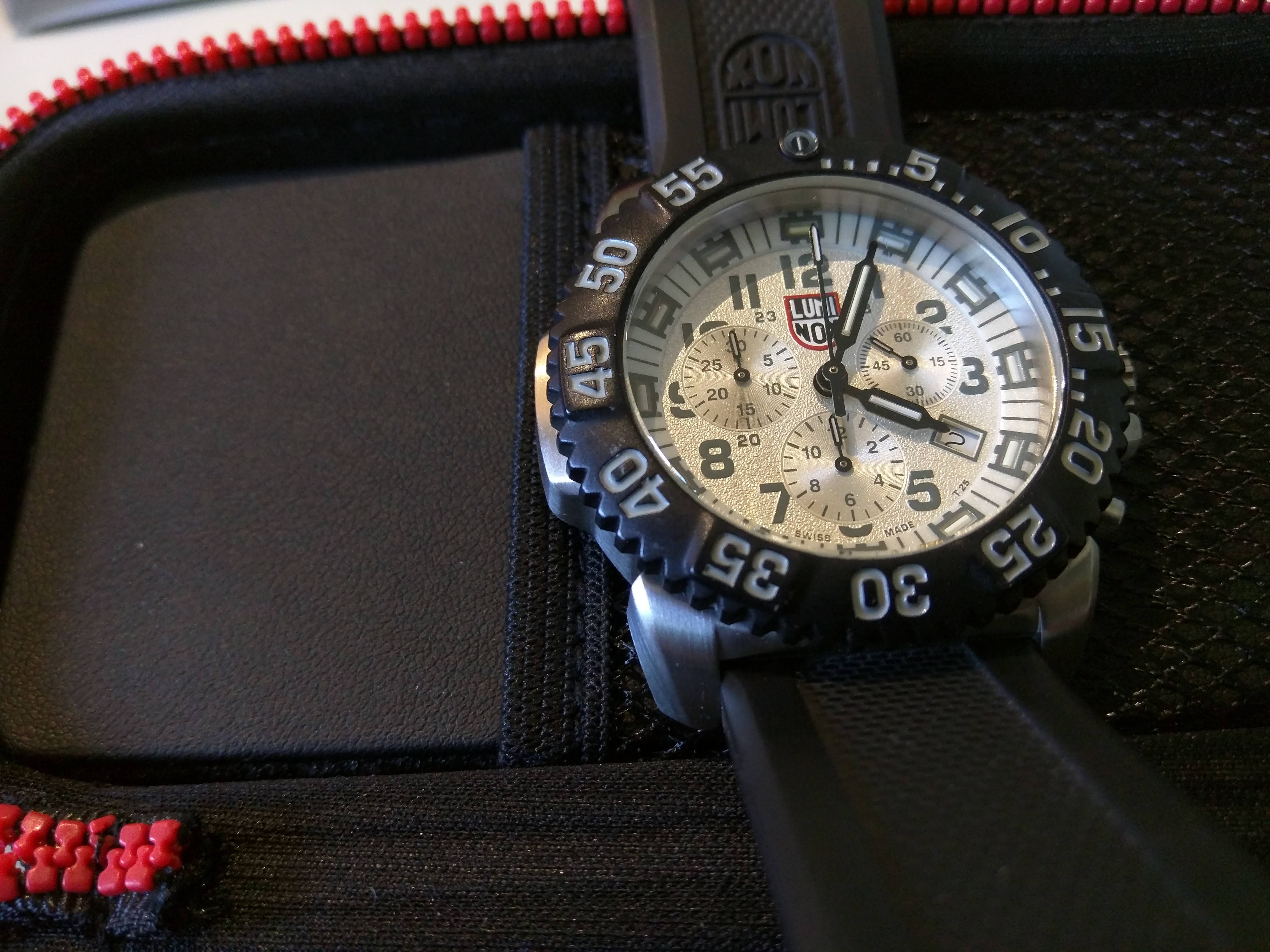
I never expected to part with my Luminox 3187 (pictured), nor the Moto 360 that replaced it. But, hey, Craigslist sales happen. Both devices went to new owners this week. Meanwhile, I settle into supreme satisfaction using the LG Watch Urbane. We’re 10 days a team, and inseparable except for charging and showers—I do try to time their start together, seeing as how the Urbane comes off the wrist for either.
My initial first impressions are little changed. Overall, I prefer the LG smartwatch to the Motorola. Traditional styling, always-on screen, and satisfactory (but not exceptional) battery life are among the Urbane’s charming qualities.
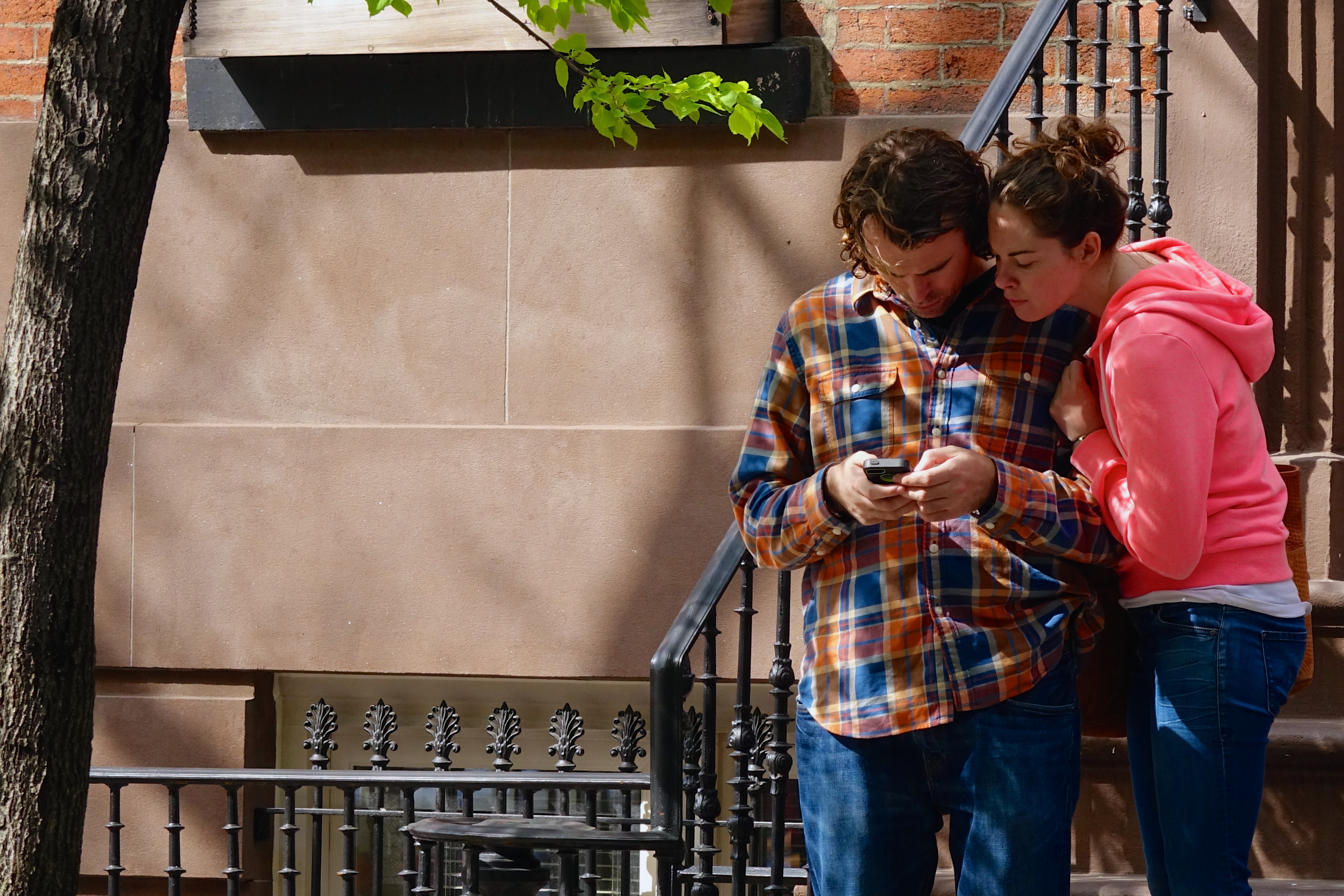
Keeping with my recommendation that “Writers, Own Your Content!“, I cross-post many, but by no means all, of my BetaNews tech stories here. As explained two months ago, much of my readership engagement takes place somewhere else, which is major reason there are so few comments here. Some of them occasionally deserve additional attention.
Late yesterday I posted my review of Chromebook Pixel LS, which Google released in early March. The write-up is purposely rah-rah to impose the importance of embracing contextual cloud computing and to shake up preconceptions about Macs being the tools of the creative elite. I also call “dumb” developers who may receive free Pixels during Google I/O later this month only to then sell them online.
One reader comment, from SmallSherm, to the BetaNews version caught my attention, for accusing me of calling him (or her) stupid and for insulting readers. After writing my response, I wondered how few people would ever see the interaction, which I regard as being quite valuable, there and absolutely none her. I present our two comments for your Tuesday thought train.
Nearly perfect is how I describe Google’s newest, and only, computer. If you’re going to manufacturer one thing, then it should be exceptional, which is the other way I describe Chromebook Pixel LS. The company introduced the original in February 2013, available in two configurations. Twenty-five months later, the notebook refreshed—refined rather than revolutionized—beating Apple to market shipping a laptop with USB Type-C, which brings new connectivity and charging options.
FedEx delivered the costliest Chromebook configuration to my door on Friday the 13th, in March. I ordered the newest Pixel from Google two days earlier, within hours of the laptop’s launch. I use no other computer. It’s more than my primary PC and could be yours, too. This laptop rests at the precipice of future computing, for those open-minded enough to welcome it. This review is purposely preachy, which reasons hopefully will be apparent should you read all 1,800 words.

Street photography this difficult looks too easy. Toronto, Canada-based Kat N.L.M. is the roving eye whose lens captures contrasting subjects—things that go oddly, yet somehow appropriately, together. Today’s selection is typical of his setup. You […]

Lossless leader Tidal has a problem. Last month’s splashy relaunch let critics control the narrative, defining the streaming service as a tool for pampering the bank accounts of already successful musicians. But Tidal is something else: Affordable HiFi streaming for the listening elite—those people who want to enjoy music the way it was engineered, produced. The streamer should be the coolest thing, but the Jay Z ownership team fraked up the marketing messaging. Problem is fixable, but correction requires aggressive advertising, promotional pricing, and extraordinary exclusives.
For more than three weeks, I have listened to nothing but Tidal, and the service should challenge everyone signing up for the 30-day trial to do likewise. There is no other way for the majority of people to appreciate the aural benefits. The majority of potential subscribers are too accustomed to the muddy, mushy, overly-bassy sound of compressed, low-fidelity AAC or MP3 files. The brain and ears need to be freed from the habitual crappy sound to which they’re accustomed. iTunes is a prison. Spotify is another. Tidal will liberate you. But you must want freedom to attain it.